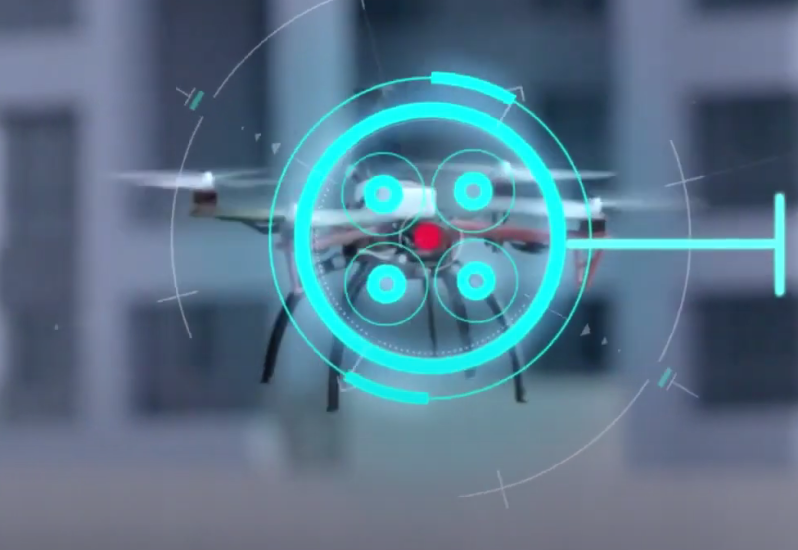Booz Allen Hamilton has named non-kinetic counter-uncrewed aerial systems (C-UAS) as one of its top ten emergency defence and security technologies. Non-kinetic C-UAS is focused on disabling small- and medium-sized drone threats using effectors such as RF jamming, cyber takeover, or directed energy.
“Within the non-kinetic C-UAS space, RF jamming, spoofing, and cyber takeover are key methods for mitigating drones operated by RF communications links, such as remotely piloted drones”, Booz Allen states in its Top Ten Emerging Technologies for DOD and National Security report for Velocity magazine. “RF-based C-UAS will continue to be vital in both commercial and defence settings to combat COTS drones, such as those made by Chinese manufacturer DJI.”
However, the report continues that advances in autonomous drone technology will “progressively decrease RF-based C-UAS efficacy on the battlefield and necessitate hard-kill solutions capable of neutralising dozens or hundreds of autonomous drones at a time”. Booz Allen says this is where directed energy comes into play. “Directed energy weapons take two forms: high-energy lasers (HELs), which use concentrated light to inflict physical damage on a target, and high-power microwaves (HPMs), which emit electromagnetic energy that overwhelms a target’s electronics. Of the two, HPMs have a broader area of effect, making them ideal for missions that require swarm-defeating capabilities. While traditional HELs and HPMs are technically mature, several issues have impeded their adoption by the Department of Defence (DOD), including cooling and SWaP challenges.”
China’s development of autonomous drones and swarm technology presents an increasing threat for the United States and DOD. Booz Allen’s report details that the US Joint Counter-small Unmanned Aircraft Systems Office spent over USD700 million on C-UAS research and procurement in 2023, and says that “recent statements suggest that non-kinetic effectors may be preferred for neutralising those emerging swarm threats”.
Booz Allen says that in the future, C-UAS will be characterised by AI-driven command and control systems that fuse sensor data, rapidly identify novel threats, and automate an optimal response with human oversight.
The non-kinetic C-UAS section of the report lists four emerging innovators: D-Fend Solutions, Epirus, Hidden Level and High Point Aerotechnologies and spotlights their technological innovations. It also notes that the non-kinetic C-UAS industry “only succeeds because of collaboration among the Joint Force, defence primes, and startups”. Booz Allen says defence prime contractors like Northrup Grumman, General Dynamics, Lockheed Martin, and Anduril will continue to play an integral role in C-UAS development and integration.
In addition to DOD’s interests in non-kinetic C-UAS, the US Department of Homeland Security’s Science & Technology Directorate (DHS S&T) is also working with industry partners to assess the technology for its missions. Last summer, DHS S&T held a demonstration at Oklahoma State University that evaluated potential non-kinetic solutions capable of detecting, tracking, identifying, and countering swarms of small UAS that are being controlled remotely. It also assessed technologies available to detect and mitigate against drones that emit little or no radio frequency (RF) signals, noise, or emissions. The demonstration followed a test of kinetic C-UAS technologies. In February, S&T Program Manager Shawn McDonald said the team was analysing results from both demonstrations to determine future testing needs and where R&D investments should be made.
For more information
Image: Graphic illustrating a cyber takeover of a done (D-Fend Solutions)




